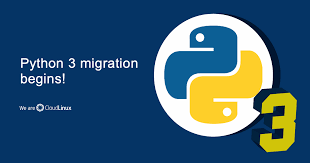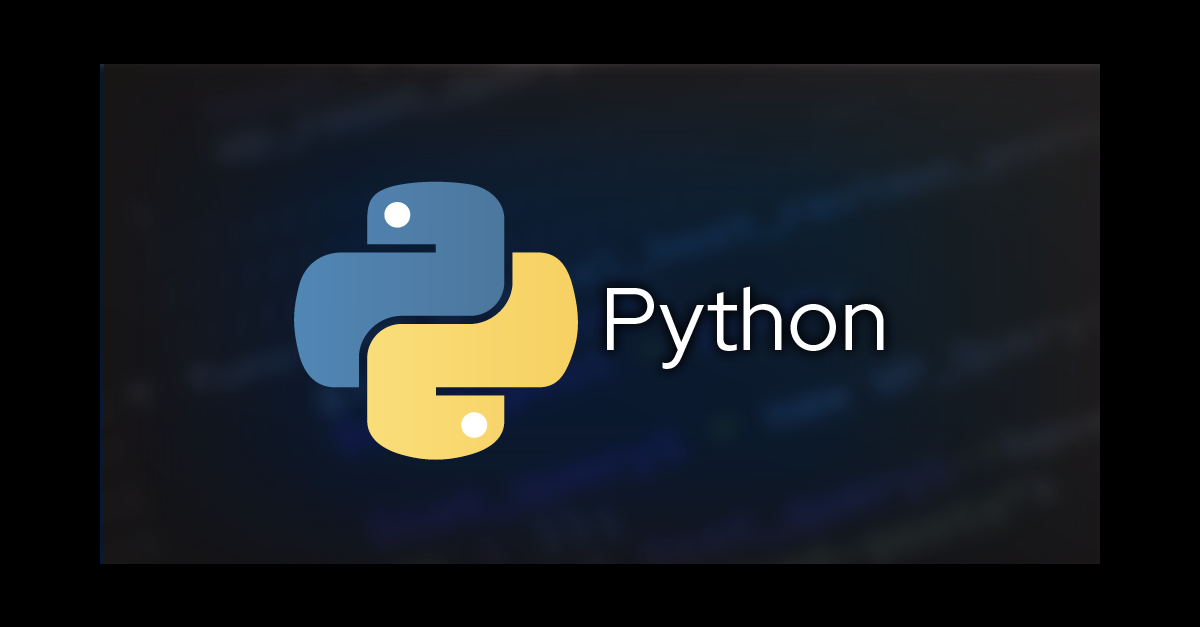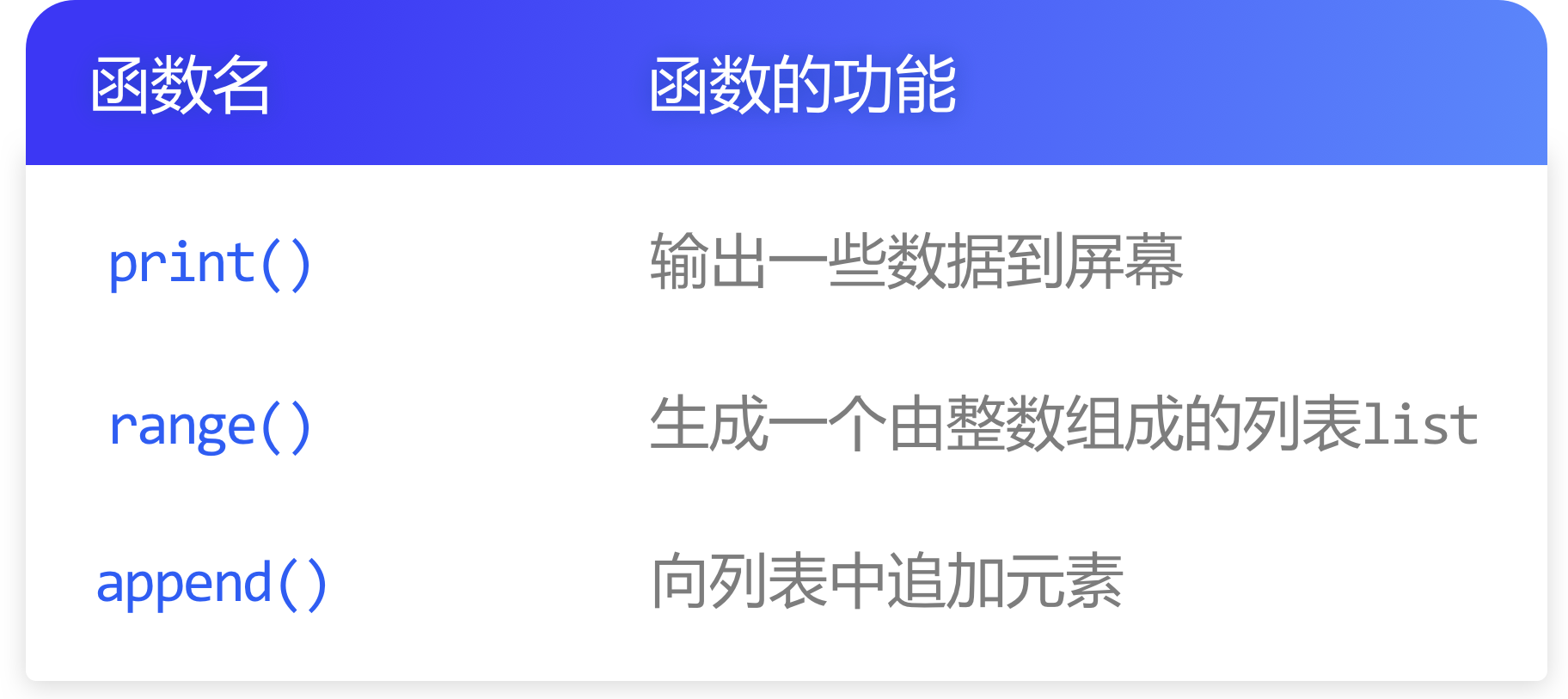元组用于在单个变量中存储多个项目。
mytuple = ("apple", "banana", "cherry")
元组是 Python 中的 4 种内置数据类型之一,用于存储数据集合,另外还有列表、集合和字典,它们都具有不同的特性和用途。元组是有序且不可更改的集合。元组使用圆括号表示。
示例,创建一个元组:
thistuple = ("apple", "banana", "cherry")
print(thistuple)
元组项是有序的、不可更改的,允许重复值。元组项是有索引的,第一个项索引为 [0],第二个项索引为 [1],依此类推。
有序,当我们说元组是有序时,意味着项具有明确定义的顺序,该顺序不会改变。
不可更改,元组是不可更改的,这意味着在创建元组后,我们不能更改、添加或删除项。
允许重复,由于元组是有索引的,它们可以包含具有相同值的项:
示例,元组允许重复值:
thistuple = ("apple", "banana", "cherry", "apple", "cherry")
print(thistuple)
要确定元组有多少项,使用 len() 函数:
示例,打印元组中的项数:
thistuple = ("apple", "banana", "cherry")
print(len(thistuple))
要创建一个只包含一个项目的元组,必须在该项目后添加逗号,否则 Python 将不会将其识别为元组。
示例,一个项目元组,请记住逗号:
thistuple = ("apple",)
print(type(thistuple))
# 不是元组
thistuple = ("apple")
print(type(thistuple))
元组项可以是任何数据类型:
示例,字符串、整数和布尔数据类型:
tuple1 = ("apple", "banana", "cherry")
tuple2 = (1, 5, 7, 9, 3)
tuple3 = (True, False, False)
一个元组可以包含不同的数据类型:
示例,包含字符串、整数和布尔值的元组:
tuple1 = ("abc", 34, True, 40, "male")
type()
从 Python 的角度来看,元组被定义为具有数据类型 'tuple' 的对象:
```python
<class 'tuple'>
示例,元组的数据类型是什么?
mytuple = ("apple", "banana", "cherry")
print(type(mytuple))
还可以使用 tuple() 构造函数来创建元组。
示例,使用 tuple() 方法创建元组:
thistuple = tuple(("apple", "banana", "cherry")) # 注意双重圆括号
print(thistuple)
Python 编程语言中有四种集合数据类型:
-
列表(List)是有序且可更改的集合。允许重复成员。
-
元组(Tuple)是有序且不可更改的集合。允许重复成员。
-
集合(Set)是无序、不可更改和无索引的集合。不允许重复成员。
-
字典(Dictionary)是有序且可更改的集合。不允许重复成员。
访问元组项,您可以通过在方括号内引用索引号来访问元组项:
示例,打印元组中的第二个项:
thistuple = ("apple", "banana", "cherry")
print(thistuple[1])
注意:第一个项的索引为0。负索引意味着从末尾开始。-1 表示最后一项,-2 表示倒数第二项,依此类推。 示例,打印元组的最后一项:
thistuple = ("apple", "banana", "cherry")
print(thistuple[-1])
您可以通过指定范围的起始位置和结束位置来指定一系列索引。在指定范围时,返回值将是一个包含指定项的新元组。 示例,返回第三、第四和第五项:
thistuple = ("apple", "banana", "cherry", "orange", "kiwi", "melon", "mango")
print(thistuple[2:5])
注意:搜索将从索引2(包括在内)开始,并在索引5(不包括在内)结束。请记住,第一个项的索引为0。如果省略起始值,则范围将从第一项开始: 示例,此示例返回从开头到"kiwi"之前(但不包括)的项:
thistuple = ("apple", "banana", "cherry", "orange", "kiwi", "melon", "mango")
print(thistuple[:4])
如果省略结束值,范围将一直到列表的末尾: 示例,此示例返回从"cherry"到末尾的项:
thistuple = ("apple", "banana", "cherry", "orange", "kiwi", "melon", "mango")
print(thistuple[2:])
如果要从元组末尾开始搜索,请指定负索引: 示例,此示例返回从索引-4(包括在内)到索引-1(不包括在内)的项
thistuple = ("apple", "banana", "cherry", "orange", "kiwi", "melon", "mango")
print(thistuple[-4:-1])
要确定元组中是否存在指定的项,请使用 in 关键字: 示例,检查元组中是否存在"apple":
thistuple = ("apple", "banana", "cherry")
if "apple" in thistuple:
print("Yes, 'apple' is in the fruits tuple")
 51工具盒子
51工具盒子





